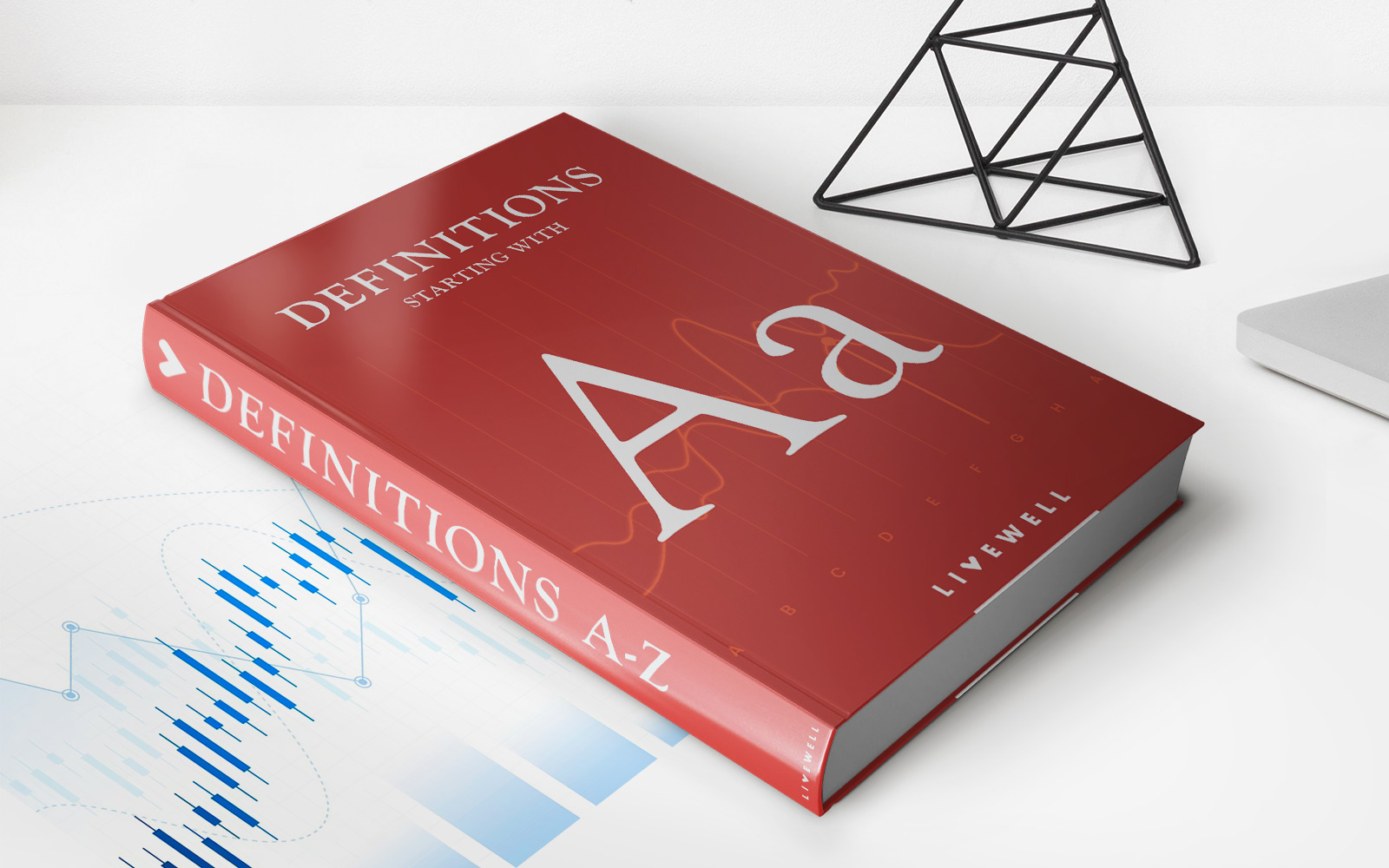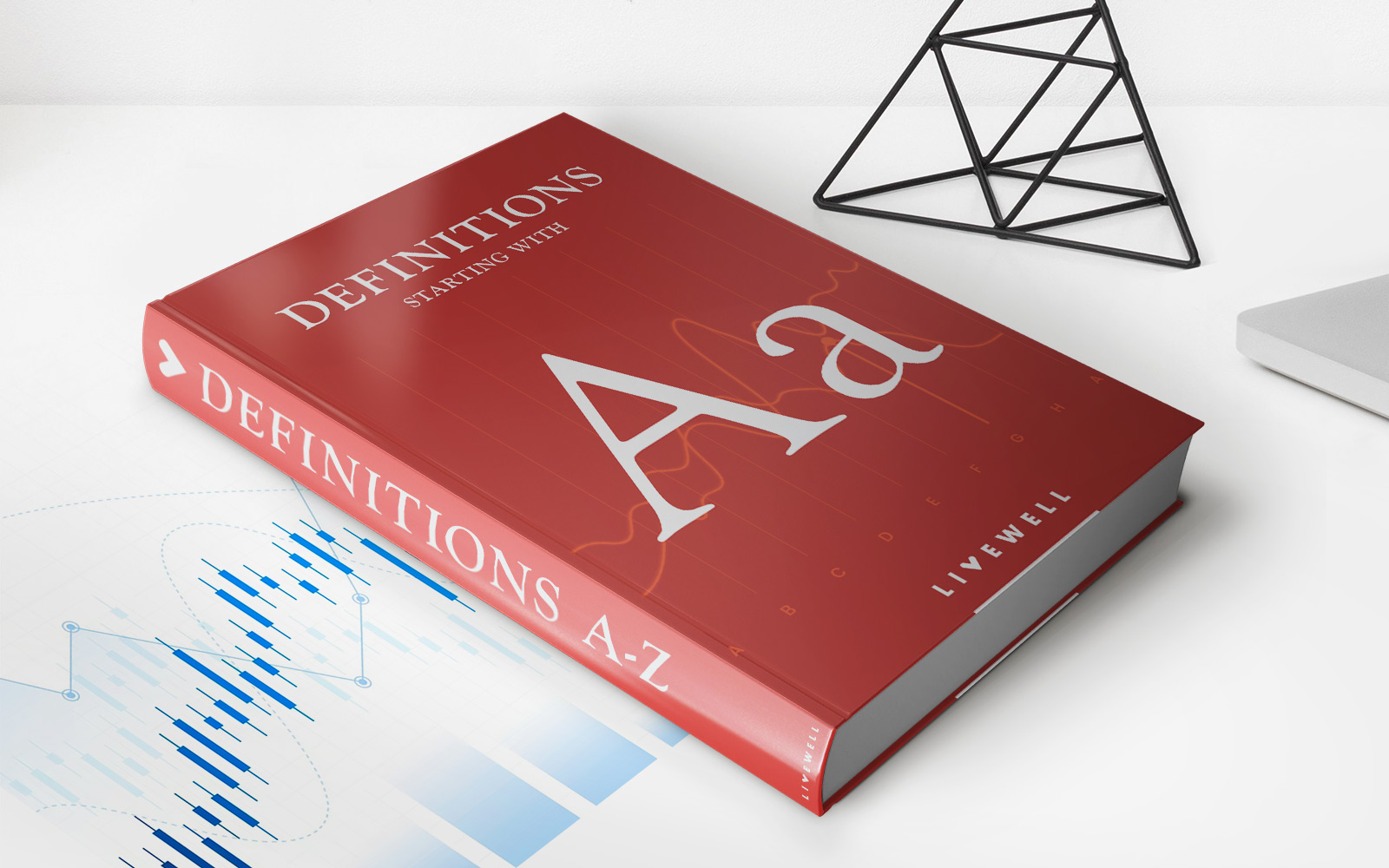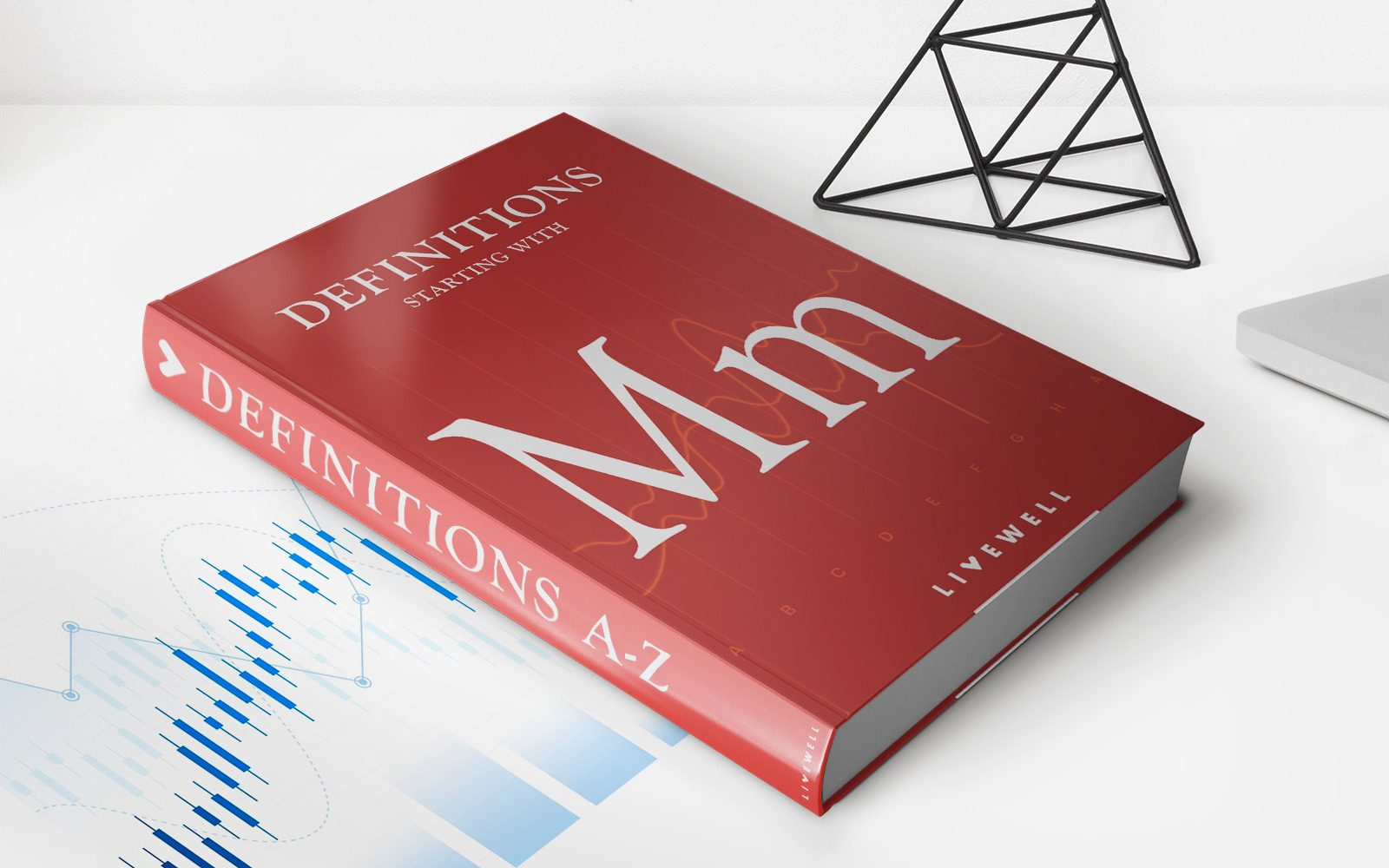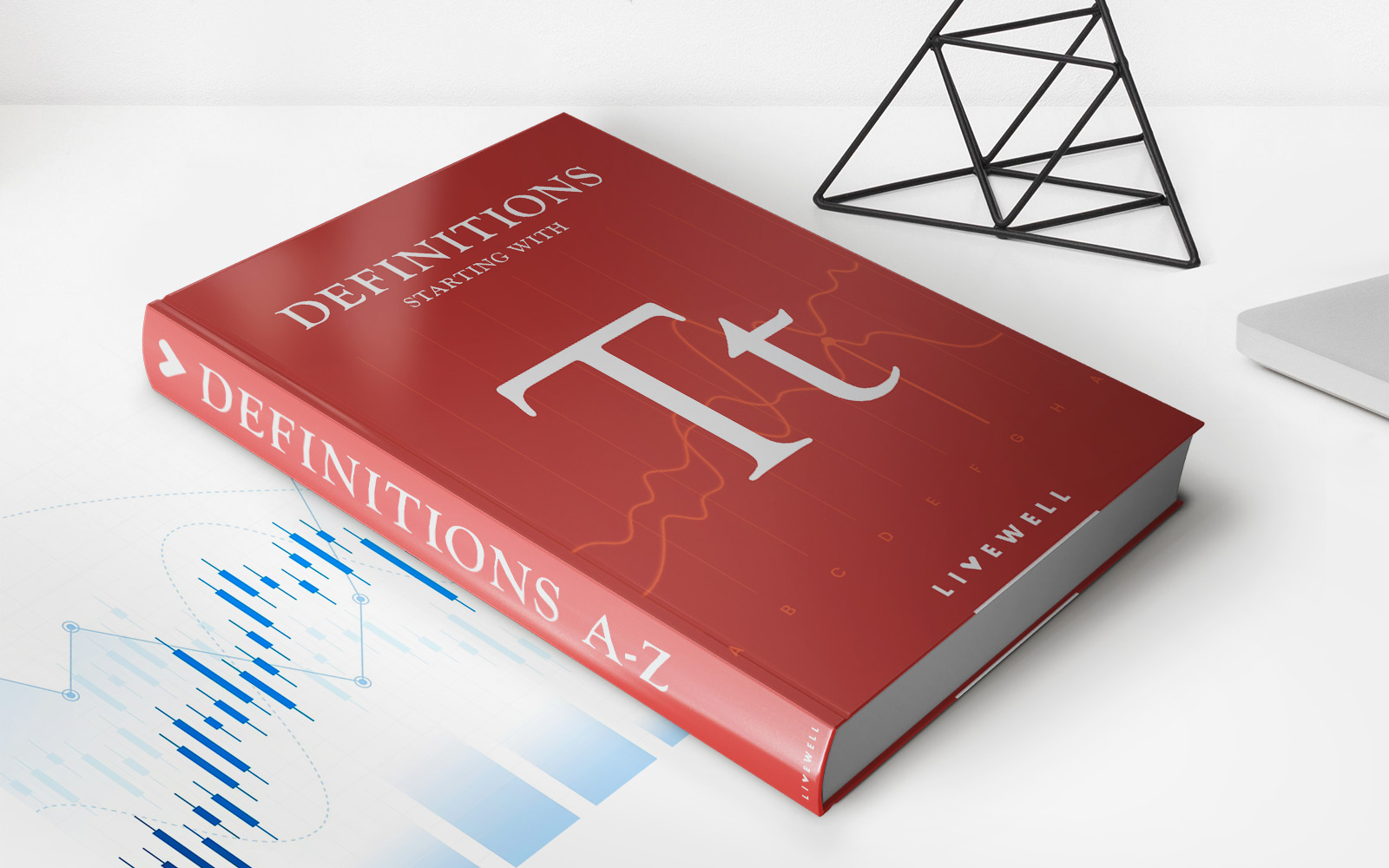

Finance
Arrears Swap Definition
Modified: October 10, 2023
Learn the meaning of arrears swap in finance and how it can affect your investments. Stay informed with our comprehensive definition and analysis.
(Many of the links in this article redirect to a specific reviewed product. Your purchase of these products through affiliate links helps to generate commission for LiveWell, at no extra cost. Learn more)
Understanding Arrears Swap: A Key Finance Concept
When it comes to the world of finance, there are numerous terms and concepts that may seem complex and intimidating at first. One such concept is an arrears swap. But fear not! In this blog post, we will break down the definition of an arrears swap and help you understand its significance in the realm of finance.
Key Takeaways:
- An arrears swap is a derivative contract in which two parties agree to exchange cash flows based on the realized returns of an underlying asset or index.
- Arrears swaps are often used by financial institutions and investors to manage risk, hedge against interest rate fluctuations, or speculate on market trends.
So now that we have a general idea of what an arrears swap is, let’s delve deeper into its definition and explore how it works.
An arrears swap is a specific type of swap contract where the exchange of cash flows is tied to the arrears period. In simpler terms, instead of receiving or paying the cash flows at the beginning of each period, they are settled at the end of the period based on the realized returns or index performance.
Arrears swaps are commonly used by financial institutions, corporations, and investors to manage several aspects of their financial portfolios. Here’s how:
- Risk Management: Arrears swaps allow organizations to actively manage their risk exposure to fluctuations in interest rates or other market variables. By entering into an arrears swap, companies can lock in a specified payment stream and protect themselves from potential losses.
- Hedging: Financial institutions often use arrears swaps as a hedging tool to mitigate the risk of their existing investments. For example, if a bank holds a portfolio of mortgages, it may enter into an arrears swap to offset potential losses caused by changes in interest rates.
- Speculation: Some investors use arrears swaps to speculate on market trends or changes in the value of an underlying index. By taking a position in an arrears swap, they can potentially earn a profit if their predictions about market movements turn out to be correct.
It’s important to note that the terms and conditions of an arrears swap, including the underlying asset or index, payment dates, and calculation methodologies, are mutually agreed upon by the parties involved. This flexibility allows businesses and investors to tailor the contract to their specific needs and objectives.
In conclusion, an arrears swap is a derivative contract that allows parties to exchange cash flows based on the realized returns of an underlying asset or index. It serves as a powerful tool for risk management, hedging, and speculation. By understanding the definition and applications of arrears swaps, you can navigate the finance world with confidence and make informed investment decisions.
For more insights into the world of finance and other key concepts, stay tuned to our blog.














